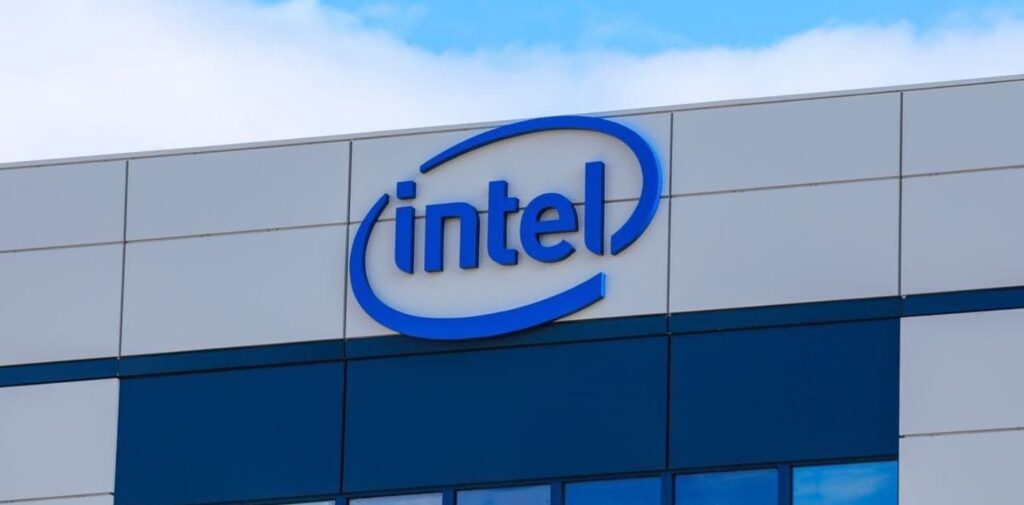Intel Corp, a tech giant, has been a cornerstone of the semiconductor industry for decades. Despite its dominance and reputation, a startling fact emerges when examining its stock performance: the price on August 2, 2024, was ₹21.48, strikingly close to its value on August 7, 1998, which was ₹21.67. This near-zero return over 26 years raises significant concerns about the efficacy of long-term investments in seemingly stable, high-profile companies. It prompts investors to reconsider their strategies and explore more dynamic opportunities in the stock market.
The Illusion of Stability
Intel’s stagnant stock price highlights a critical issue: the illusion of stability in large, established companies. Investors often assume that big names like Intel are safe bets for long-term growth. However, this case illustrates that even industry leaders can experience prolonged periods of stagnation. Several factors can contribute to this, including market saturation, increasing competition, and technological shifts. For Intel, the rise of competitors like AMD and Nvidia, as well as challenges in transitioning to newer technologies, have played roles in its stock performance

Diversification: The Key to Mitigating Risk
The primary lesson from Intel’s 26-year stagnation is the importance of diversification. Relying heavily on a single stock, even a reputable one, can be risky. Diversification across various sectors and asset classes can help mitigate this risk. Investors should consider a balanced portfolio that includes:
- Technology Stocks: While Intel has underperformed, other tech stocks have shown significant growth. Companies involved in cloud computing, artificial intelligence, and cybersecurity often present better growth opportunities.
- Emerging Markets: Investing in emerging markets can offer higher growth potential compared to established markets. Countries with growing economies and expanding consumer bases can provide lucrative investment opportunities.
- Bonds and Fixed Income Securities: These provide stability and regular income, balancing the volatility of stocks. Government and corporate bonds can be reliable components of a diversified portfolio.
- Real Estate: Real estate investments can offer steady returns through rental income and property appreciation. Real Estate Investment Trusts (REITs) are a more accessible way to invest in this sector.

Growth Stocks vs. Value Stocks
Investors should also distinguish between growth and value stocks. Growth stocks, like those in the tech sector, tend to have higher potential for appreciation but come with greater risk. Value stocks, which may be undervalued by the market, can offer more stable returns. A mix of both can provide a balanced approach.
Embracing New Technologies
One reason for Intel’s stagnation has been its struggle to adapt swiftly to new technological trends. Investors should look for companies that are not only established but also innovative and adaptable. Firms that lead in emerging technologies, such as renewable energy, biotech, and fintech, often present significant growth potential.
Regular Portfolio Review and Rebalancing
A stagnant investment like Intel’s underscores the importance of regularly reviewing and rebalancing one’s portfolio. Market conditions and company performances change over time, and what seemed like a good investment a decade ago might not hold the same promise today. Investors should periodically assess their holdings and adjust their portfolios to align with current market trends and their financial goals.

The Role of Dividends
While Intel’s stock price has been stagnant, it’s important to note that the company has paid dividends, providing some return to its shareholders. Dividends can be a crucial component of total returns, especially in a stagnant market. Investors should consider stocks with a strong history of dividend payments as they provide a steady income stream.
Learning from Intel: A Guide for Future Investments
- Research and Due Diligence: Before investing, conduct thorough research. Understand the company’s business model, competitive landscape, and growth prospects.
- Stay Informed: Keep abreast of market trends and news. Technological advancements and geopolitical events can significantly impact stock performance.
- Seek Professional Advice: Financial advisors can provide valuable insights and help tailor an investment strategy suited to your risk tolerance and goals.
- Be Cautious with Industry Leaders: Don’t assume that industry giants are foolproof investments. Assess their ability to innovate and adapt.
Intel’s 26-year zero return serves as a cautionary tale for investors. It challenges the assumption that long-term investments in big-name companies are always safe and profitable. By diversifying, embracing new technologies, and regularly reviewing portfolios, investors can better navigate the complexities of the stock market and avoid the pitfalls of stagnation. The stock market offers numerous opportunities, but success lies in strategic, informed, and flexible investment approaches.




